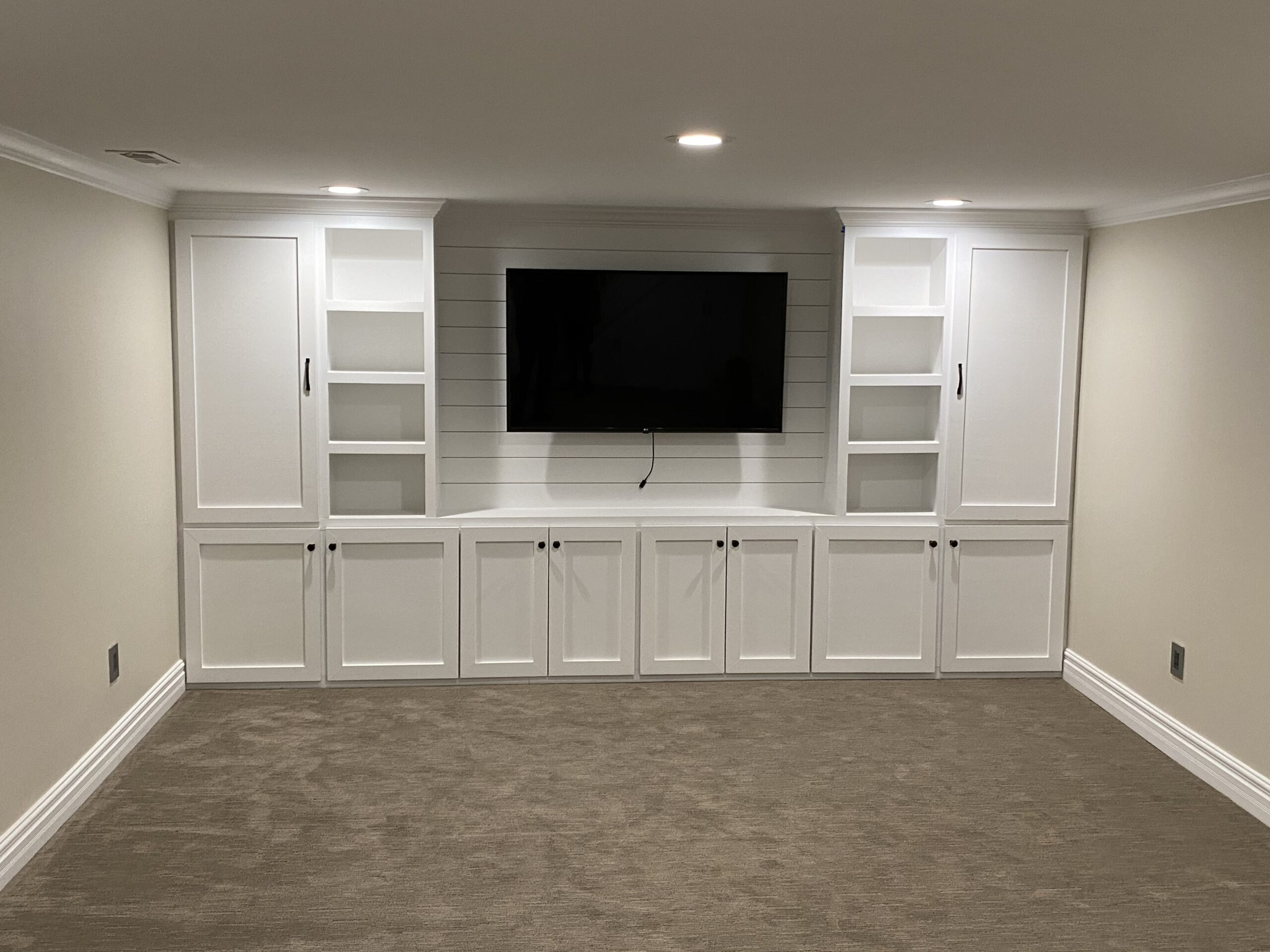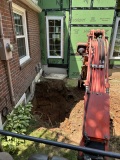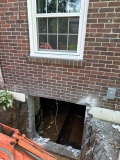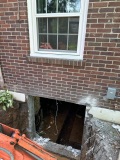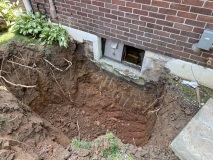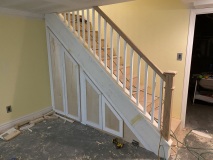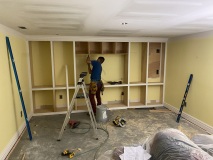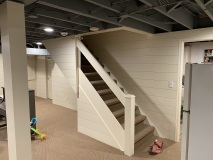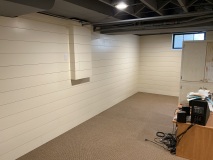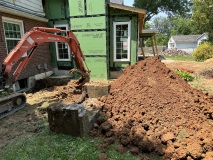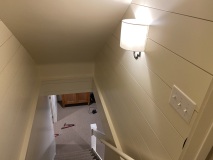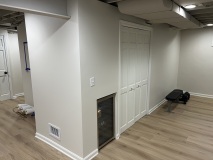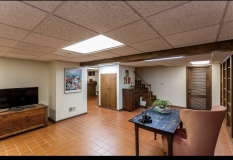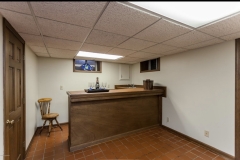When setting a budget for your basement remodel, assess the space layout, research material costs, and estimate labor expenses. Consider permits, fees, and unforeseen costs to prepare adequately. Allocate a contingency fund and incorporate all expenses into your budget plan. Make a detailed list and adjust as needed. Compare pricing from different contractors and monitor expenses closely. Maintaining open communication is key. For more tips on creating a realistic budget for your basement renovation, explore comprehensive research, planning, and comparison within the remodeling process.
Key Takeaways
- Evaluate current basement layout and structural constraints.
- Research material costs for durability and aesthetics.
- Estimate labor costs by analyzing local rates.
- Incorporate permit fees and associated costs in the budget.
- Allocate 10-20% for unexpected expenses and contingencies.
Assess Your Basement Space
When assessing your basement space, we need to carefully evaluate its current layout and functionality to determine the potential for a successful remodel. Space assessment involves taking stock of the existing features, such as walls, windows, doors, and utility placements, to understand how they impact the overall design possibilities. By analyzing the layout, we can identify any structural constraints that may influence the renovation process. Additionally, considering the functionality of the space is crucial to ensure that the new design meets your needs and enhances the usability of the area.
Layout planning plays a vital role in optimizing the basement’s potential. It involves mapping out where different elements, such as living areas, storage spaces, or utility areas, will be located within the available space. Understanding the flow and organization of the layout is essential for creating a cohesive design that maximizes both aesthetics and functionality. By carefully assessing your basement space and planning the layout accordingly, you can set a strong foundation for a successful remodel that aligns with your vision and requirements.
Research Cost of Materials
To effectively plan for your basement remodel, researching the cost of materials is an essential step in ensuring a well-informed budget. When comparing material quality, consider the durability and aesthetic appeal to make informed decisions. Look for price negotiation tactics such as buying in bulk or exploring seasonal discounts to get the best value for your money. Suppliers may offer discounts for large orders, so be sure to inquire about any available deals. Additionally, explore do-it-yourself (DIY) alternatives for certain aspects of the remodel to potentially save on labor costs. By taking the time to research and compare prices, you can make strategic choices that align with your budget while maintaining quality. Remember, the goal is to create a beautiful basement space without overspending, and being savvy about material costs is a crucial part of achieving that goal.
Determine Labor Costs
When determining labor costs for a basement remodel, analyzing labor rates is crucial. By understanding the typical rates in your area, you can better estimate this portion of your budget. Negotiating with contractors can also help you secure a reasonable labor cost for your project.
Labor Rates Analysis
Determining labor costs for your basement remodel project involves analyzing current labor rates in your local area to ensure an accurate budget estimate. It’s essential to consider labor market trends and competitive pricing when evaluating potential costs. Labor market trends can impact the availability and cost of skilled labor in your area. By staying informed about these trends, you can better anticipate potential fluctuations in labor rates. Additionally, researching competitive pricing among different contractors or companies can give you a clearer idea of the average rates for labor in your area. This analysis can help you negotiate fair prices and avoid overpaying for services. Understanding these factors is crucial for setting a realistic budget for your basement remodel.
Negotiating Labor Costs
Analyzing current labor rates in your local area is the first step in negotiating fair prices for your basement remodel project. When it comes to labor negotiations, being well-informed about the going rates can give you leverage in discussions with contractors. Look for budget-friendly labor options without compromising on quality. Consider hiring local professionals or smaller companies that may offer more competitive rates. Negotiation tactics such as bundling multiple projects together or offering flexible payment schedules can also help in reducing labor costs. Additionally, discussing cost-saving strategies with contractors, like providing materials or handling some tasks yourself, can lead to more affordable quotes. By actively engaging in negotiations and exploring various options, you can find ways to make your basement remodel more budget-friendly.
Factor in Permits and Fees
Factor in permits and fees when planning your basement remodel budget to avoid unexpected costs later on. Permit costs can vary depending on your location and the scope of your project. Research the specific permits required for your remodel, such as electrical, plumbing, or structural permits, and factor these costs into your budget. Additionally, consider fee considerations such as application fees, inspection fees, and any other associated costs that may arise during the permitting process.
It is crucial to allocate enough funds for permits and fees to prevent delays or halts in your basement remodel. Failure to obtain the necessary permits can result in fines or having to undo completed work, leading to significant financial setbacks. By including permit costs and fee considerations in your initial budget planning, you can ensure a smoother remodeling process and avoid unexpected financial burdens down the line. Be proactive in understanding the permit requirements in your area and budget accordingly to keep your basement remodel on track.
Account for Contingencies
When planning a basement remodel budget, it’s crucial to account for contingencies to anticipate unexpected costs that may arise during the project. Setting aside a portion of the budget for surprises and unforeseen circumstances can help prevent financial strain later on. Emergency fund planning ensures that you are prepared for any unexpected expenses that may come up during the renovation process.
Budgeting for Surprises
To ensure financial preparedness during your basement remodel, it is essential to allocate a portion of your budget for unforeseen expenses, also known as contingencies. Unexpected expenses and hidden costs can easily arise during renovation projects, leading to budget overruns if not accounted for in advance. When engaging in financial planning for your basement remodel, setting aside around 10-20% of your total budget for contingencies is a prudent approach. This buffer will help you cover any surprises that may pop up during the renovation process, ensuring that you can address them without significant financial strain. By proactively budgeting for surprises, you can navigate unforeseen expenses with greater ease and keep your basement remodel on track without derailing your entire financial plan.
Emergency Fund Planning
Allocating a portion of your budget to an emergency fund for contingencies is a crucial aspect of financial planning for your basement remodel. Planning ahead for unexpected expenses ensures financial security and safeguards your project from potential setbacks. Setting aside around 10-20% of your total budget for unforeseen costs such as structural issues, plumbing problems, or electrical complications is a prudent approach. By incorporating this emergency fund into your budget, you can mitigate the impact of surprises and maintain the financial stability of your basement remodel. This proactive step not only demonstrates foresight but also provides a safety net, allowing you to navigate any challenges that may arise during the renovation process with confidence and ease.
Set a Realistic Total Budget
Determining a realistic total budget is crucial for a successful basement remodel project. When embarking on budget planning, it’s essential to start by conducting a thorough cost estimation. Begin by researching the average costs associated with similar basement remodels in your area. Factors such as the size of the basement, materials to be used, labor costs, and any special requirements should all be taken into consideration during this phase.
To set a realistic total budget, make a detailed list of all expenses that will be incurred throughout the project. This includes not only the obvious costs like construction materials and labor but also any permits, design fees, and unexpected expenses that may arise. Be sure to allocate a portion of your budget for contingencies to account for any unforeseen issues that may crop up during the remodel.
Frequently Asked Questions
How Can I Maximize Storage Space in My Remodeled Basement?
When it comes to maximizing storage space in a remodeled basement, we can suggest utilizing creative shelving and hidden compartments. Creative shelving can be a great way to make the most of vertical space, while hidden compartments can help keep the area clutter-free. By incorporating these storage solutions into your basement remodel, you can ensure that your space remains organized and functional.
Are There Eco-Friendly Material Options Available for the Remodel?
Absolutely, there are sustainable flooring options and green insulation choices that can be utilized for your remodel. Sustainable flooring includes materials like bamboo, cork, or reclaimed wood. For green insulation, consider options such as recycled denim, wool, or cellulose. These eco-friendly choices not only help the environment but also contribute to a healthier indoor space. By selecting these materials, we can create a more sustainable and environmentally conscious basement remodel.
Can I Hire contractors for Specific Tasks to Save on Labor Costs?
Absolutely, hiring contractors for specific tasks can be a great way to save on labor costs during a basement remodel. By utilizing subcontractor options, we can maximize efficiency and savings by focusing on specialized tasks. This strategy allows us to allocate resources where they are most needed, ensuring that the project stays on budget and on schedule. It’s a smart approach that can lead to a successful and cost-effective renovation.
What Are Some Common Unexpected Expenses During a Basement Remodel?
When planning a basement remodel, it’s crucial to consider common unexpected expenses. Permit costs can add up, especially if you need multiple permits for the project. Structural repairs are another potential surprise expense that can quickly eat into your budget. By being prepared for these possibilities and setting aside a contingency fund, you can better navigate the financial aspects of your remodel.
Is It Worth Investing in Energy-Efficient Upgrades for Long-Term Savings?
Absolutely! Investing in energy-efficient upgrades like LED lighting and proper insulation can offer significant long-term savings. These upgrades not only reduce utility bills but also increase the overall value of your home. The return on investment for energy-efficient upgrades is typically favorable, with a relatively short payback period. So, consider these upgrades not just for the immediate benefits but also for the future savings and increased property value.
Other Basement Remodel Topics
Types of Lighting Fixtures for Basement Renovation
Types of Waterproofing Methods for Basements
Creative Ideas for Basement Space Utilization
Navigating the Permitting Process for Basement Renovation
Cost Saving Strategies for Basement Renovation
Importance of Proper Lighting in Basement Remodel
Importance of Waterproofing in Basement Remodeling
Maximizing Space in Your Basement Remodel
Understanding Building Permits for Your Basement Remodel




